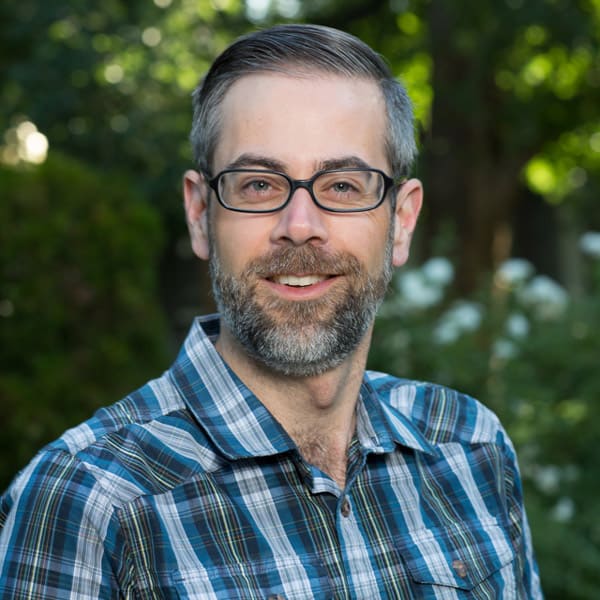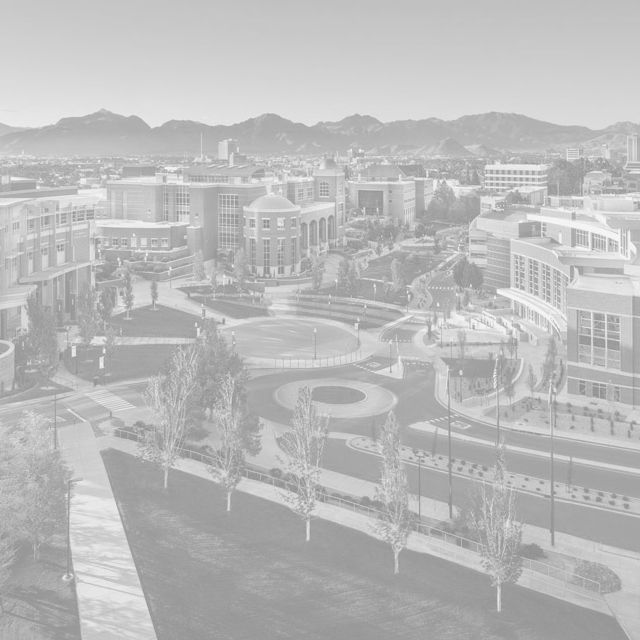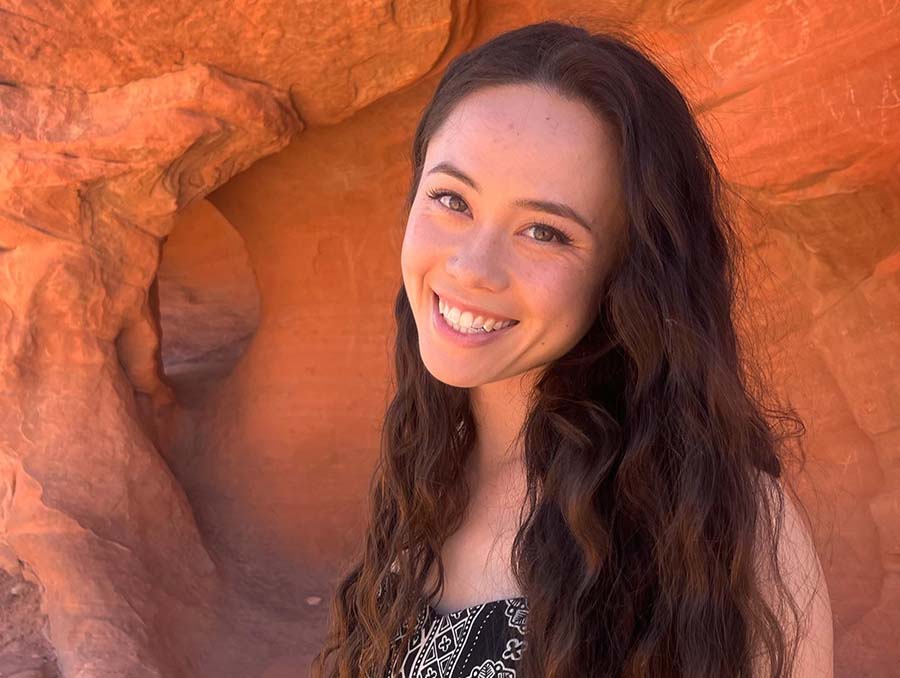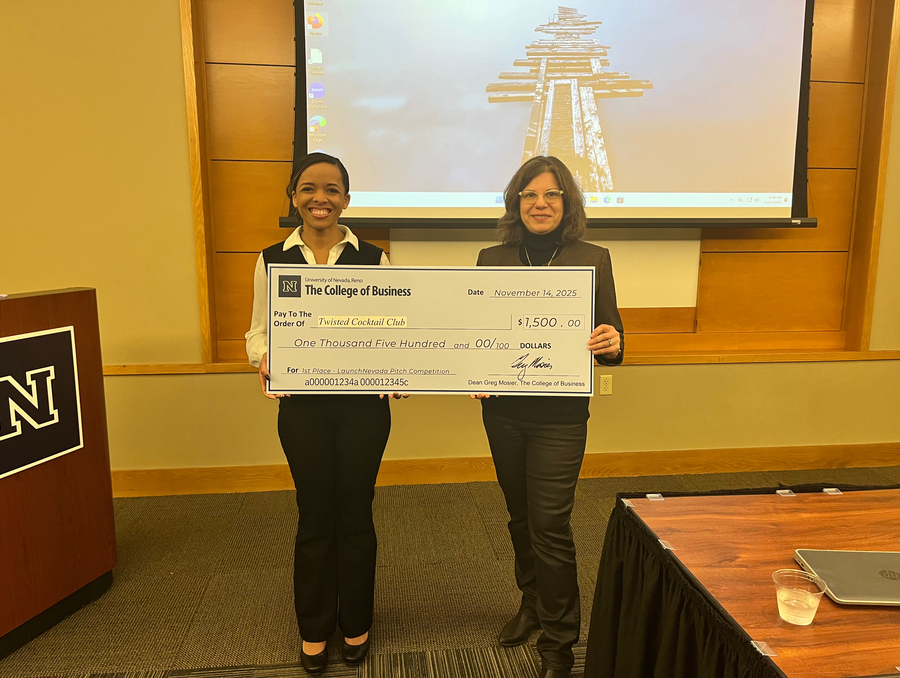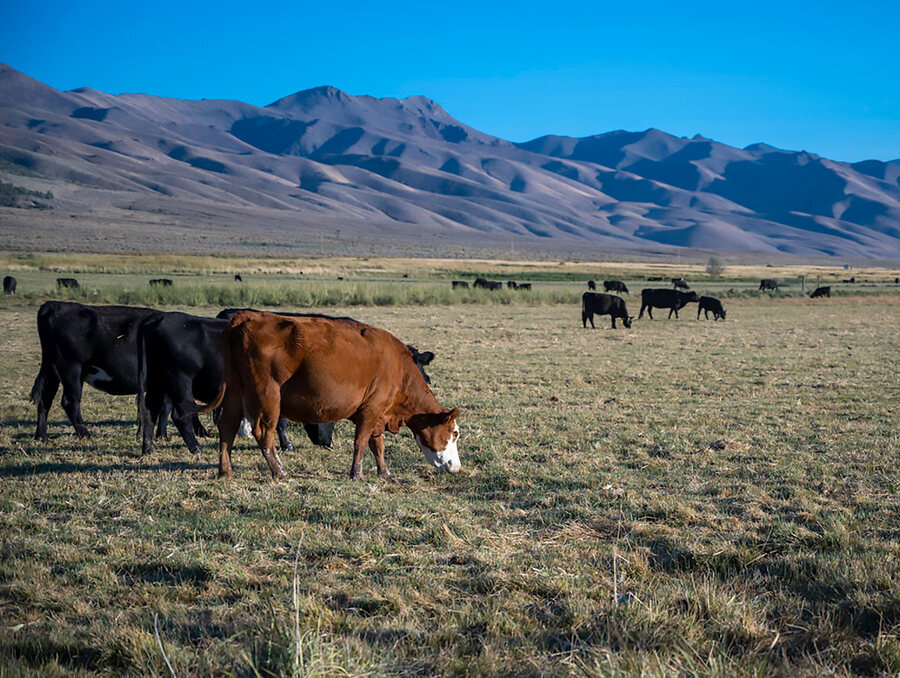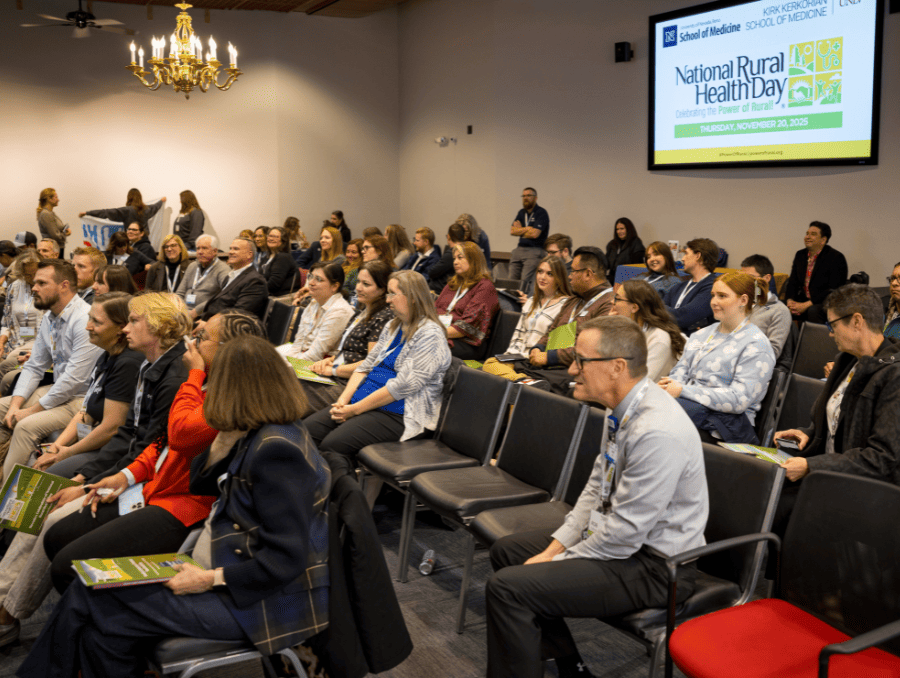The Optimism Series: Finding optimism in action
Assistant Professor in the Department of Geography Adam Csank provides some advice to find hope in the face of climate change.
In honor of Mental Health Awareness Month, the College of Science has asked researchers across a range of disciplines to share how they remain optimistic in the face of the many challenges of today, particularly within the field of science.
Too often it is easy for us to see and hear about everything going on with climate change in the world, increasing fires, rising sea-levels, melting glaciers, dying forests, and more, and just think that it is all doom and gloom and that there is little reason to have hope. It certainly doesn’t help that some of the messaging of late has made bold statements like “we only have 10 years left” or “it may already be too late!” Taken together this makes it seem like all we can do, to paraphrase Stephen Colbert, is “give up, curl up in bed with a cheesecake and wait for death.”
In the original story of Pandora’s box, Pandora’s curiosity got the better of her and she opened the box unleashing a plague of physical and emotional curses on mankind and although she hastened to close the box, she discovered there was only one thing left, hope. Well, we have in a sense opened Pandora’s box and unleashed climate change on the world but just as was the case with Pandora, it is important that we don’t miss that hope is still in the box and ready to come out. And there is indeed hope, hope that we can do something to prevent some of the more serious consequences of climate change, and hope that the world is starting to take this issue more seriously.
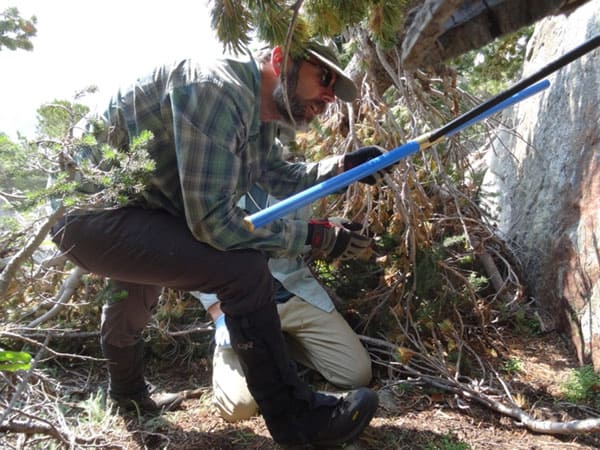
I recently read the Intergovernmental Panel on Climate Change (IPCC) Working Group 3 Technical Report. For those unfamiliar with the various working groups, this is the working group that we should all pay the most attention to because it is the one that provides options on what do to about climate change. The report finds that there are many mitigation options which are feasible to deploy at scale today, and that means if we act, we may still be able to get close to the goal of limiting warming to 1.5 to 2 degrees. This is what those headlines really mean when they say “only ten years left”: if we don’t act in 10 years than we are probably going to need to take more extreme measures to limit the warming.
This means we have choices. We can choose to do nothing and end up with a 4-degree-warmer world or we can choose to take varying degrees of action and keep climate change at 1.5 to 2 degrees of warming, which, let’s be clear, still won’t be a walk in the park but will be much easier to manage than double that amount. The fact that we have choices and that we aren’t committed to the most extreme climate projections should be cause for optimism. We just need to find the will to act.
And assuming we can limit the amount of warming, there are actions we can take to limit the effects of climate change on ecosystems. I was involved in a recent study focused on investigating early warning signals of tree mortality in the Sierra Nevada led by Rachel Keen, a graduate student at the University of Kansas. In that study we found that although we were seeing much higher rates of forest mortality overall, there were places where forest management practices, such as thinning and more frequent prescribed burns, had helped buffer the physiological impacts of increased drought stress on trees. This is evidence that if we can act to limit the amount of warming, we have tools that can help us help forests deal with the effects of climate change.
So, what gives me hope that we will be able to act to limit warming? Well, one of the things that gives me the most hope that we can address the issue are the students I have taught over my years here at the University. I teach introductory courses in Physical Geography and Climatology and when I teach the climate change units of those courses the students are always highly engaged on the topic. I don’t think I have been asked the question “how do we know climate change isn’t natural?” in quite some time. Trust me, I have studied climate change from 5-million years ago to the present. We are very good at distinguishing natural climate change from anthropogenic. Instead, these days the most often asked question I get asked is, “what can we do about it?” My answer is simple. Talk to people about it and share your concerns. Seeing how many of our students then go on to organize activities and clubs to address climate and sustainability issues gives me tremendous optimism about our ability to do something.
This why despite sometimes feeling overwhelmed by the stories of fires, floods, hurricanes and heat waves to the point that we start thinking cheesecake under the covers is looking mighty good, I suggest instead we peek back into the box, read the IPCC WG3 report and, armed with the newfound knowledge about what to do, take action. But remember – the most important thing you can do is to talk about climate change, talk about the consequences of not limiting the amount of warming, talk about what actions you are comfortable with taking and most of all talk about what we can do about it.
Adam Csank is an Assistant Professor in the Department of Geography. Adam studies climate change and climate impacts past and present using tree-rings, stable isotope geochemistry, and radiocarbon. Currently, Csank has projects aimed at reconstructing Arctic climates from 3.8 million years ago, understanding the resilience of forests to climate change induced mortality, reconstructing past storm tracks, and most recently to understand the role of climate in how trees uptake mercury and record historic pollution.

